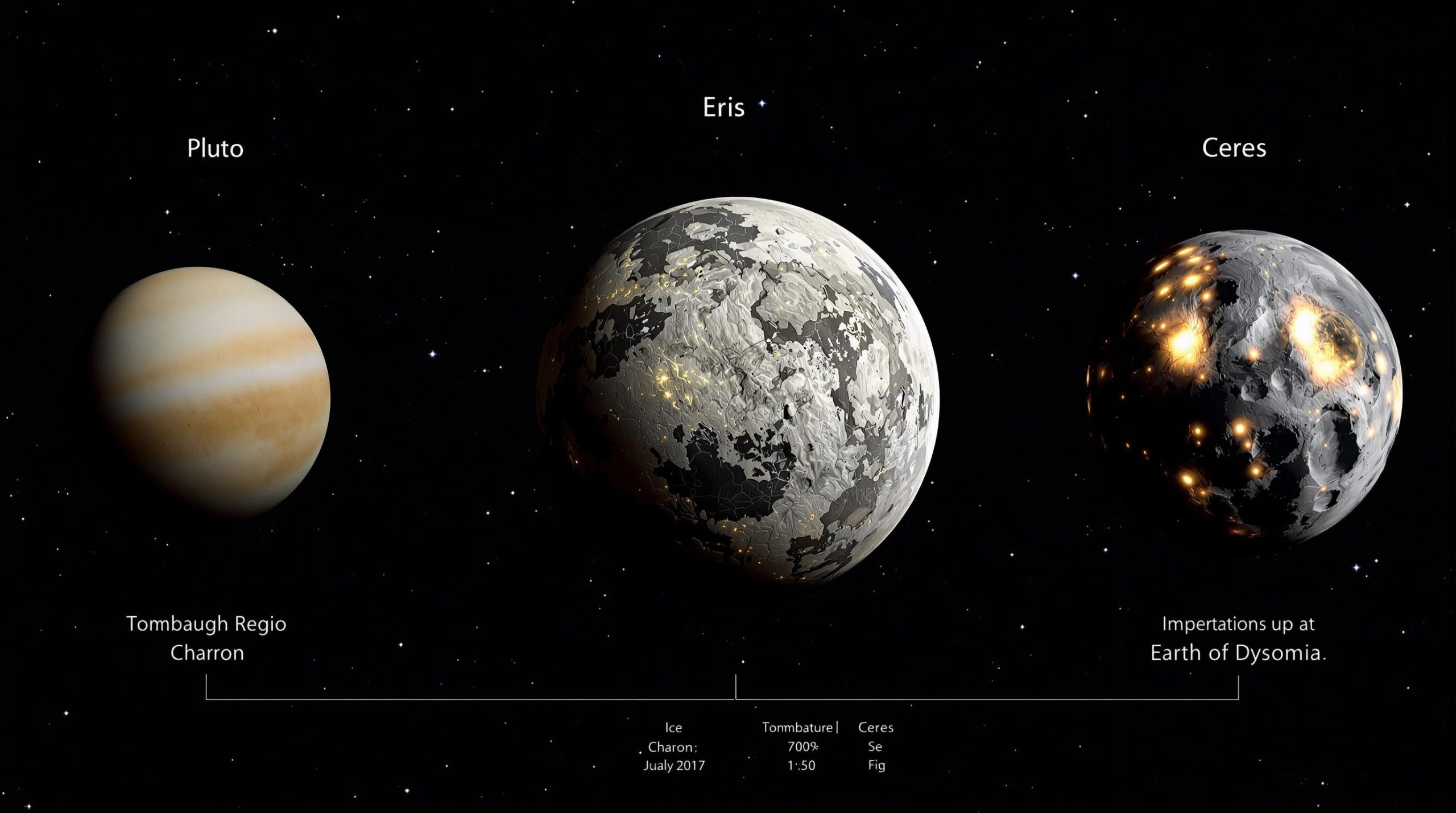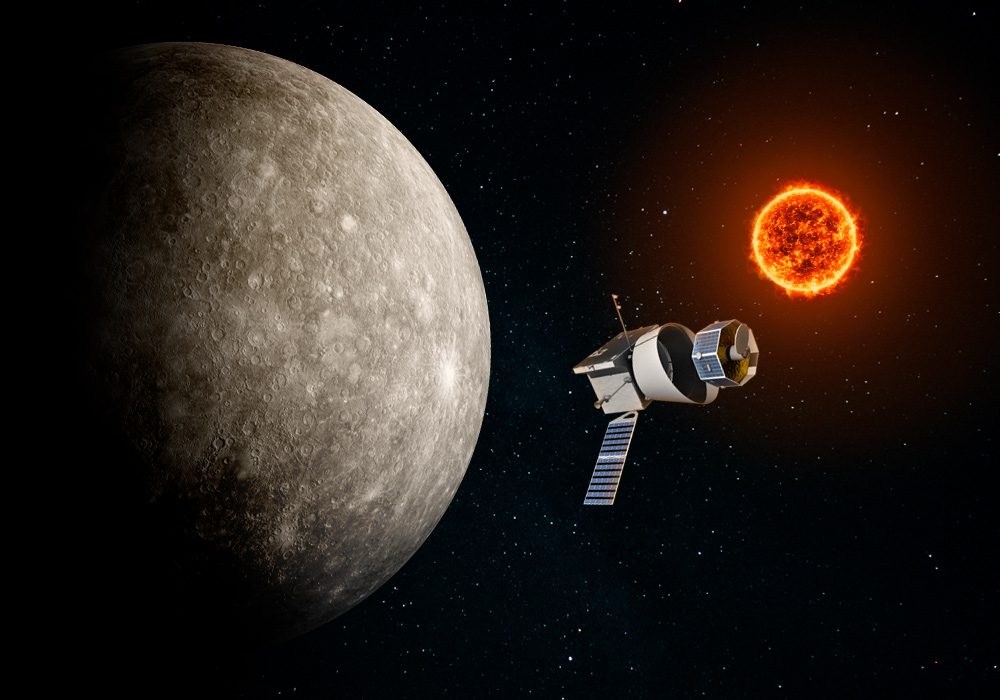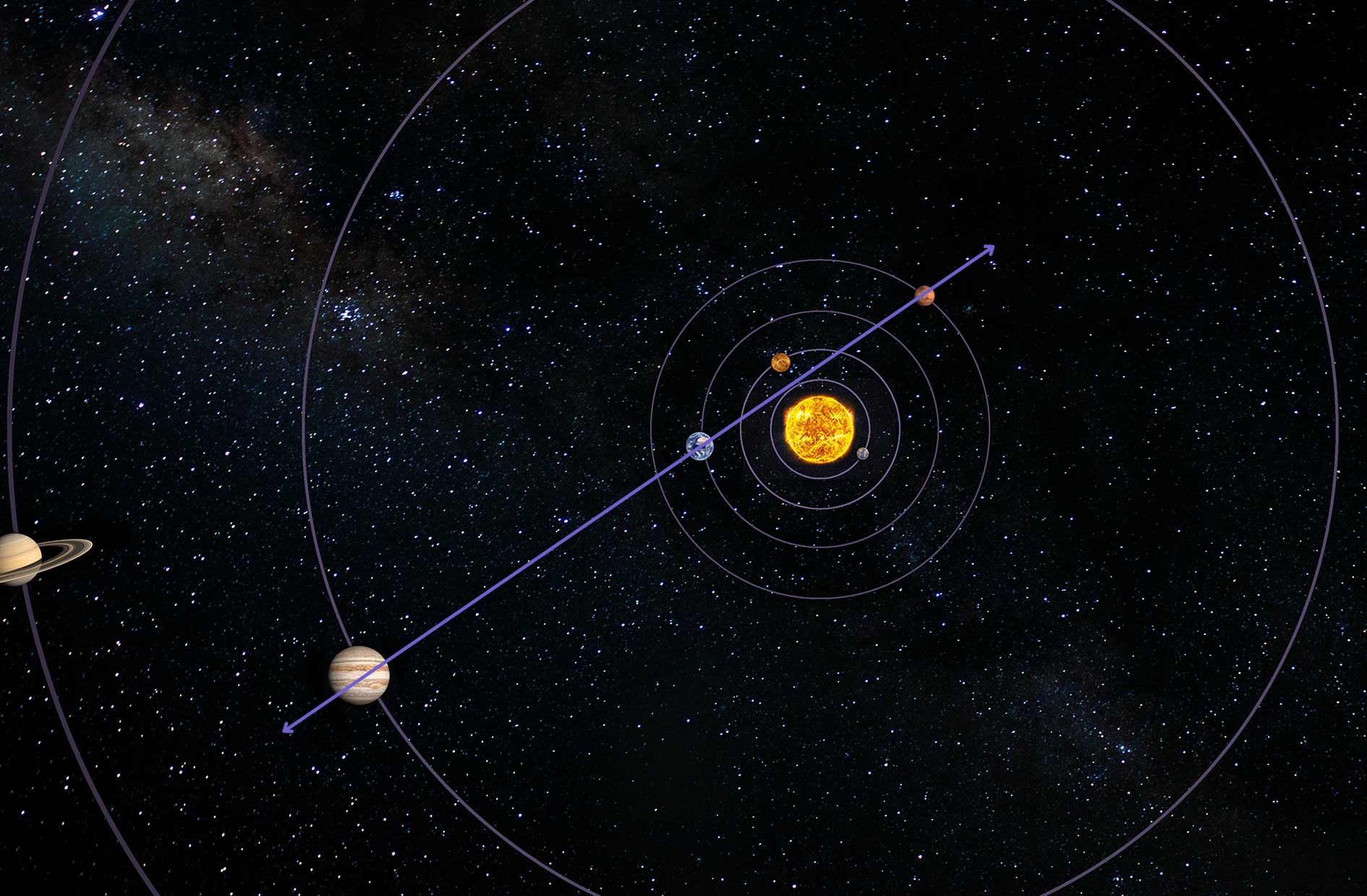Discover what a dwarf planet is, how it differs from planets, and why these celestial bodies matter in our understanding of the solar system. Learn more at Spaceyv.com.
When you think of planets, names like Earth, Mars, or Jupiter probably come to mind. But beyond the eight traditional planets, there exists a fascinating class of celestial bodies known as dwarf planets. These small worlds have sparked debates, discoveries, and even controversies in the scientific community. Most famously, Pluto’s reclassification from a planet to a dwarf planet in 2006 captured global attention. But what exactly defines a dwarf planet, and why are they so important to our understanding of the solar system?
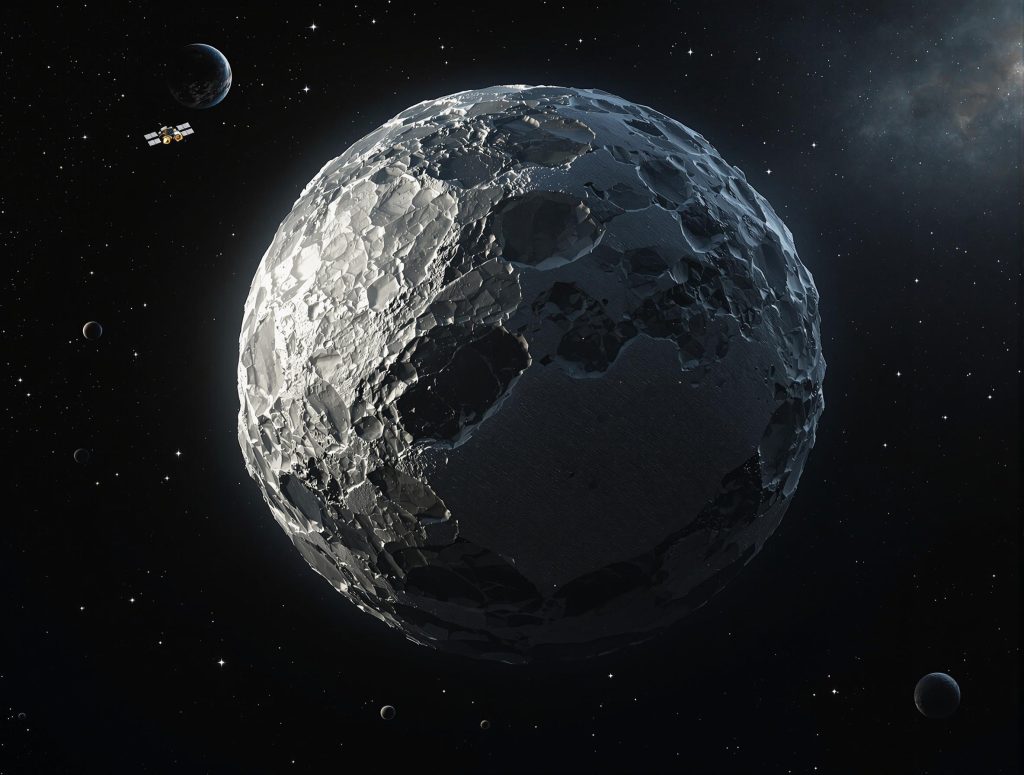
What Is a Dwarf Planet?
A dwarf planet is a celestial body that shares many characteristics with regular planets but doesn’t quite meet all the criteria to be classified as one. According to the International Astronomical Union (IAU), which sets definitions for celestial bodies, a dwarf planet must:
- Orbit the Sun: Like planets, dwarf planets revolve around our star.
- Have Enough Mass to Be Spherical: Their gravity is strong enough to pull them into a round shape.
- Not Have Cleared Their Orbit: Unlike planets, dwarf planets haven’t cleared their orbital path of other debris and objects.
This third point is what differentiates dwarf planets from the traditional planets. For instance, Earth has “cleared” its orbit, meaning it has either absorbed, ejected, or otherwise dominated smaller bodies in its path. Dwarf planets, however, share their orbits with other objects, such as asteroids or other small celestial bodies.
You can also read more about : Why Is Gravity Different on Other Planets?
The Famous Five: Known Dwarf Planets
As of now, the IAU recognizes five official dwarf planets in our solar system, though there are likely many more yet to be discovered.
- Pluto
Once considered the ninth planet, Pluto’s demotion to dwarf planet status in 2006 was met with both scientific support and public outcry. Located in the Kuiper Belt, Pluto has five moons, with Charon being the largest. Despite its size, Pluto is incredibly complex, featuring mountains of water ice, nitrogen glaciers, and even a possible subsurface ocean. - Eris
Discovered in 2005, Eris is slightly smaller than Pluto but more massive. This distant object in the scattered disk region of the solar system has a moon named Dysnomia. The discovery of Eris was a significant factor in the redefinition of what constitutes a planet. - Haumea
Known for its elongated, football-like shape due to its rapid rotation, Haumea resides in the Kuiper Belt and has two moons. It also has a ring system, making it one of the few known objects outside the giant planets to possess rings. - Makemake
Also located in the Kuiper Belt, Makemake was discovered in 2005 and is slightly smaller than Pluto. It has one known moon and a bright, icy surface covered in frozen methane. - Ceres
Unlike the other dwarf planets, Ceres resides in the Asteroid Belt between Mars and Jupiter. It was the first dwarf planet discovered (in 1801) and is the largest object in the asteroid belt. Ceres has a unique composition, with evidence suggesting it harbors water ice and possibly even briny, underground reservoirs.
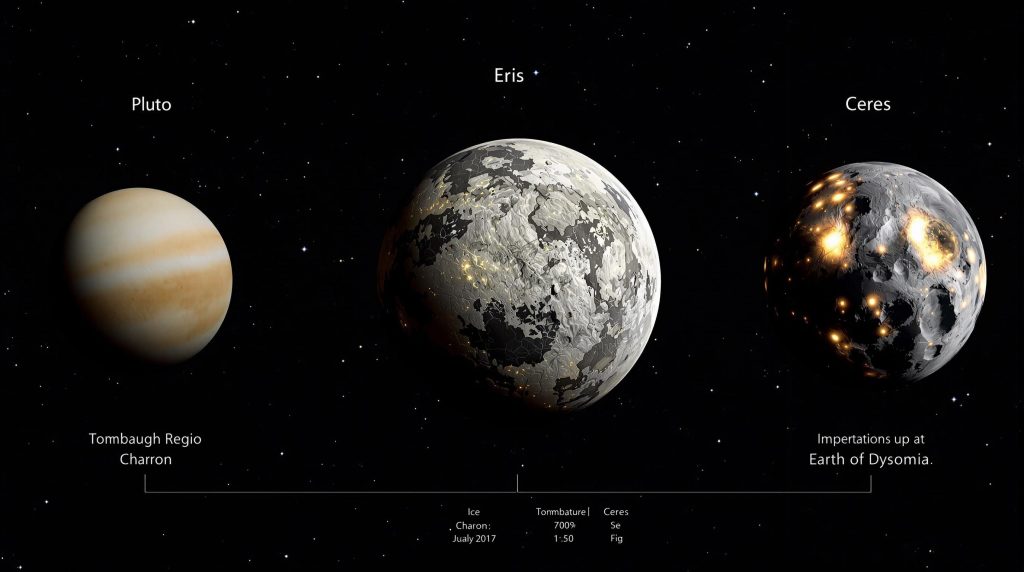
Dwarf Planets vs. Planets: Key Differences
While dwarf planets share some characteristics with regular planets, there are notable differences:
- Orbital Clearing: Planets have cleared their orbital path of other debris, while dwarf planets have not.
- Size and Mass: Generally, dwarf planets are smaller and less massive than the classical planets.
- Location: Many dwarf planets are found in the Kuiper Belt or scattered disk, regions beyond Neptune, whereas the eight planets have more defined and less crowded orbits.
Why Are Dwarf Planets Important?
Dwarf planets may be small, but they play a huge role in understanding the formation and evolution of the solar system.
- Clues to Solar System Formation: Dwarf planets are like time capsules, preserving materials and conditions from the early solar system. Studying them helps scientists piece together how planets and other celestial bodies formed.
- Diversity of Worlds: These bodies exhibit a surprising variety of geological features, atmospheres, and compositions. From the icy plains of Pluto to the rocky surface of Ceres, dwarf planets show that even small worlds can be dynamic and complex.
- Potential for Life: Some dwarf planets, like Ceres and Pluto, may have subsurface oceans, making them intriguing candidates in the search for extraterrestrial life.
- Redefining Our Understanding of ‘Planet’: The discovery and classification of dwarf planets forced scientists to refine the definition of a planet. This highlights how scientific knowledge evolves with new discoveries.
You can Also Read More : Stars vs Planets – What is The Differences ?
The Ongoing Search for More Dwarf Planets
Astronomers believe there are hundreds, if not thousands, of dwarf planets lurking in the outer reaches of our solar system, particularly in the Kuiper Belt and beyond in the scattered disk and Oort Cloud. Objects like Sedna and Quaoar are considered potential candidates for future dwarf planet classification.
With advancements in telescope technology and space missions like New Horizons (which flew by Pluto in 2015), our understanding of these distant worlds continues to expand.
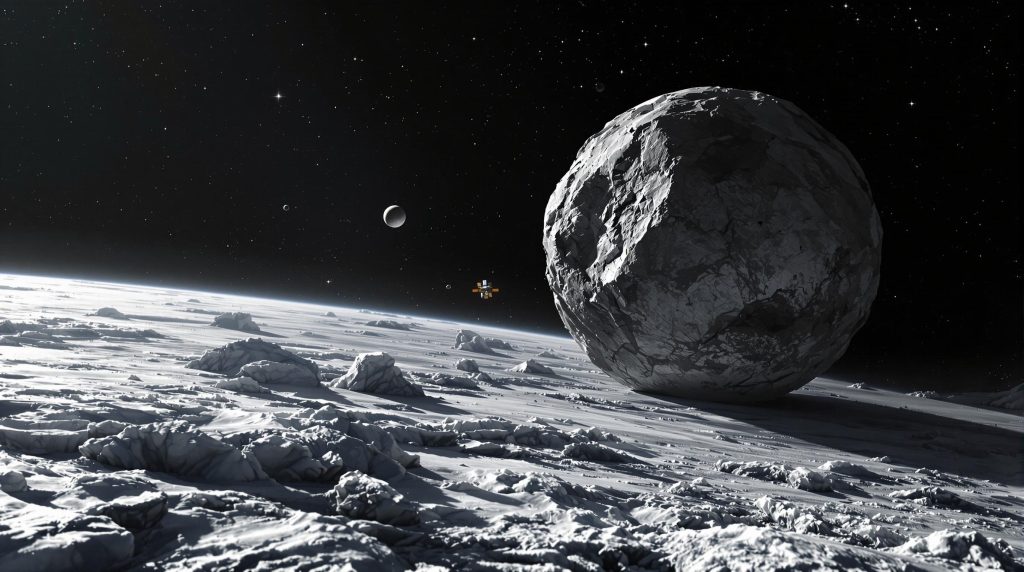
The Future of Dwarf Planet Exploration
With advancements in space technology, missions targeting dwarf planets are becoming more feasible and frequent. NASA’s Dawn mission provided unprecedented data on Ceres, and the New Horizons mission gave us our first close-up look at Pluto in 2015. Future missions may explore other dwarf planets, shedding more light on these enigmatic worlds.
Conclusion
Dwarf planets may not have the prestige of the “big eight,” but their role in the cosmic story is undeniable. These small but mighty worlds offer a window into the past and a deeper understanding of how our solar system operates. Whether it’s Pluto’s icy plains or Ceres’ potential underground oceans, dwarf planets continue to captivate scientists and space enthusiasts alike.
As technology advances and our ability to explore the far reaches of space improves, who knows how many more dwarf planets we’ll discover? One thing is certain: these celestial underdogs have earned their place in the spotlight.
NASA – Dwarf Planets
This official NASA page offers comprehensive information on the characteristics, discovery, and exploration of dwarf planets like Pluto, Ceres, and Eris. It includes up-to-date data from space missions and scientific studies.
International Astronomical Union (IAU) – Definition of a Planet
The IAU is the authority responsible for the classification of celestial bodies. This resource explains the criteria that led to the reclassification of Pluto and the creation of the dwarf planet category.

